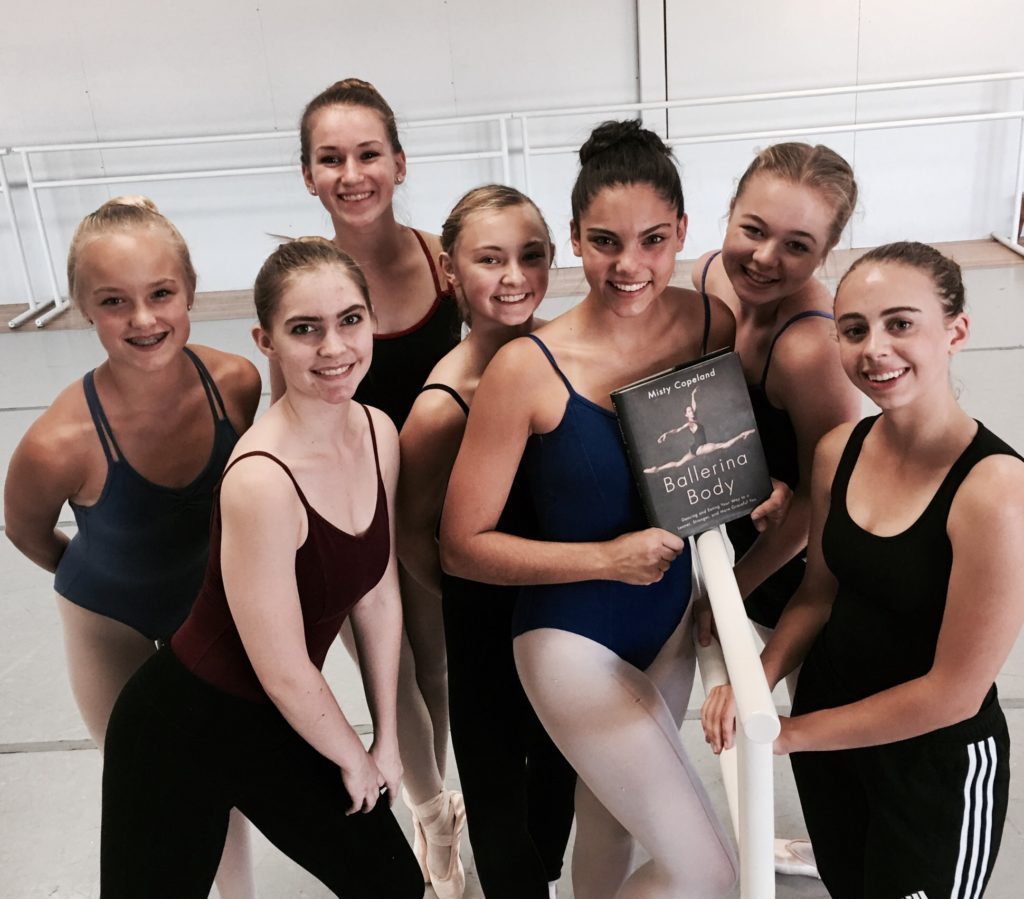Misty Copeland, one of America’s most celebrated ballerinas of modern times, has recently released a third book. This time she steps into the Health and Wellness arena with Ballerina Body: Dancing and Eating Your Way to a Leaner, Stronger and More Graceful You. When many people think of a “ballerina body,” often what comes to mind is a waif-like supermodel shape. However, Copeland defies many conventional norms of what a ballerina looks like. Besides the fact that she is strong and toned, she is African-American. In fact, in 2015, she became the first African American woman to be promoted to principal ballerina in American Ballet Theatre’s Company. According to Copeland, skinny is over. In her book, she asserts “Standards have changed: what women do want is a long, toned, powerful body with excellent posture.”
Like any health and wellness book, one can expect chapters on fitness and nutrition. Copeland does not deviate from this model. Her fans will love the abundant photographs of the famed dancer’s flawless ballerina body. Fellow dancers might find the workout routines in the book to be basic or redundant, while non-dancers might think them hard to follow without a background in dance and a working dance vocabulary. Nutrition aficionados won’t find anything groundbreaking in this section, but Copeland’s advice is sound nonetheless, and especially readable for teenage dancers wishing to pursue dance more seriously. She stresses the importance of a well- balanced diet of protein, carbohydrates, fat and vegetables. She specifically emphasizes the benefits of a high-fat diet in properly nourishing the body so it has sufficient energy to prevent injury and train hard. She also discusses timing and frequency of eating to perform. If I had to boil the nutrition chapters down to one sentence, it would be “Food is Fuel.”
In my opinion what sets this book apart from others in the genre and makes so endearing is not the actual health and fitness advice, but rather the time Copeland devotes to wellness as a whole. She talks extensively about mindset. She also discusses journaling and even shares some excerpts from her own journals about her past struggles with her ballerina body. She talks about the importance of finding a mentor and then the value in paying it forward and becoming a mentor to others. Overall this is a great read for anyone interested in wellness and I especially recommend it for “tween” and teenage dancers wishing to take a healthy, holistic approach to honing their fiercest “ballerina body.”

